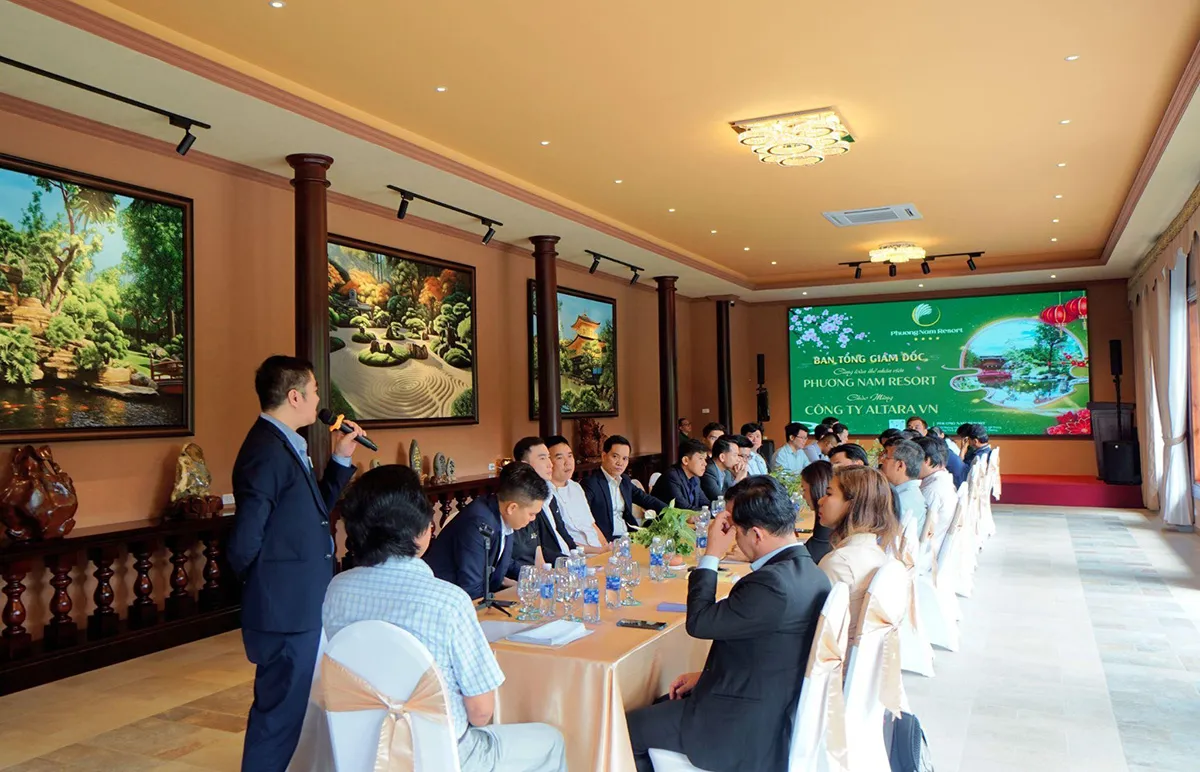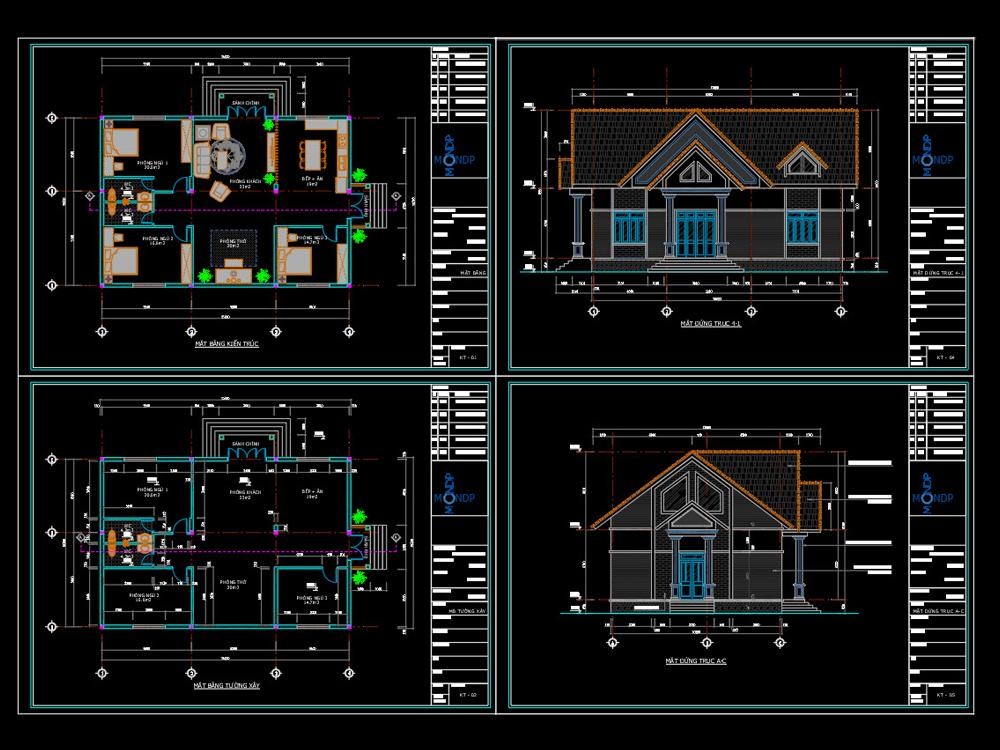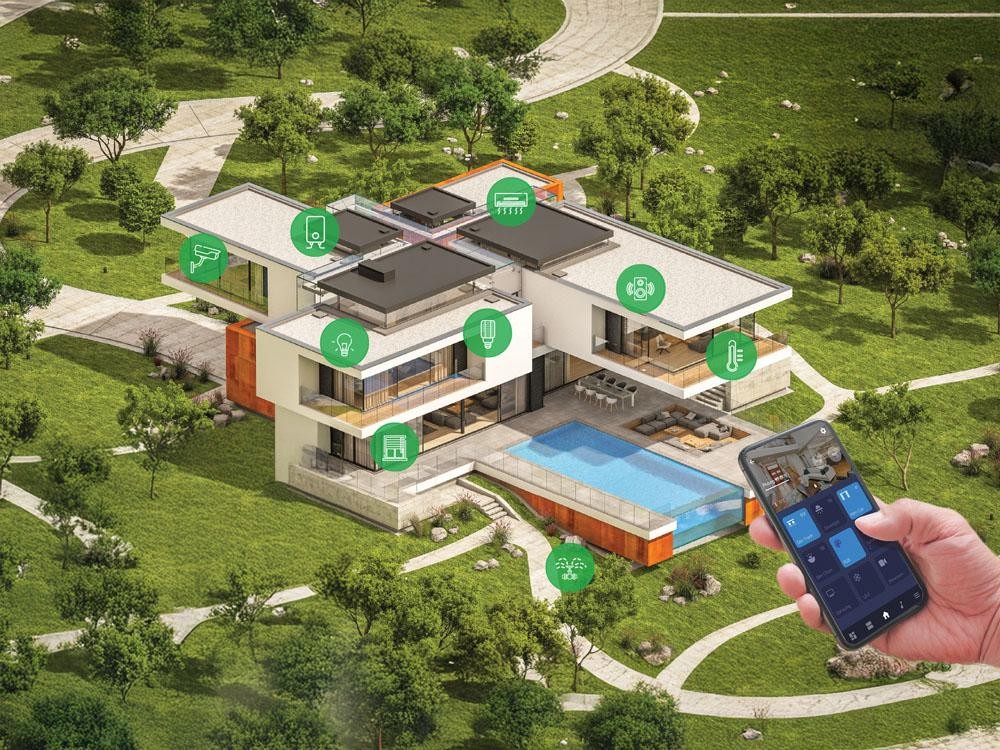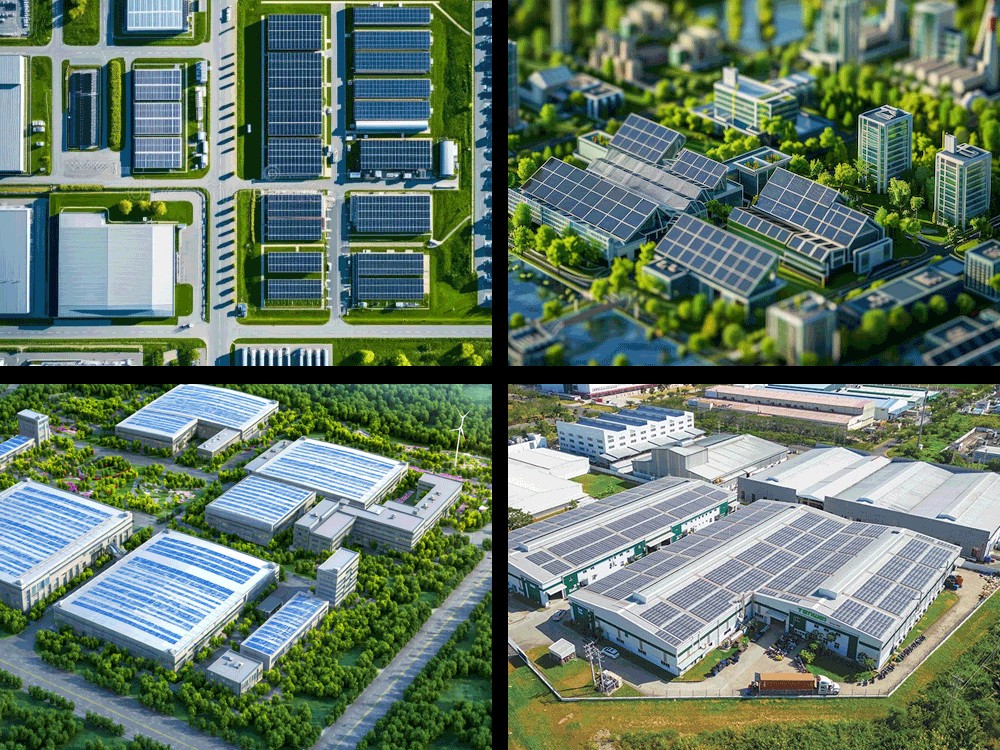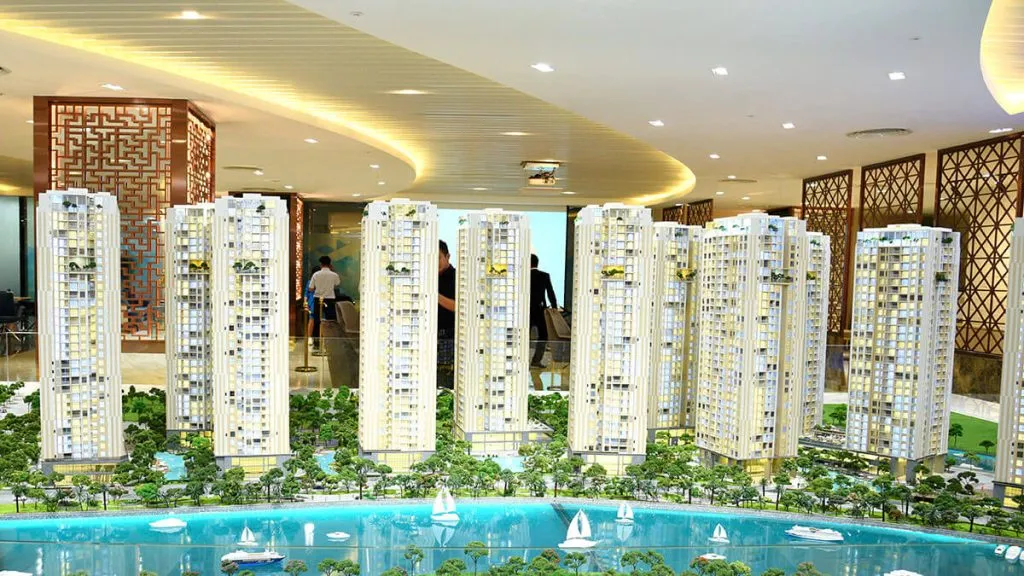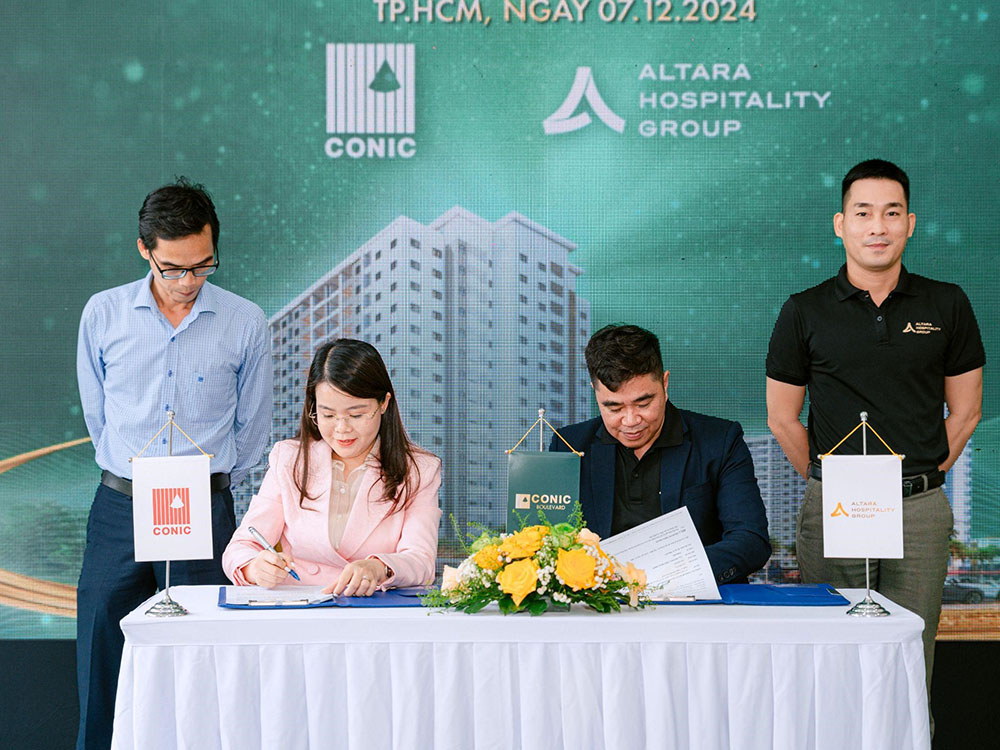HVAC plays a pivotal role in removing indoor dust, pollutants, providing thermal comfort, and acceptable indoor air quality.
HVAC stands for Heating - Ventilation - Air conditioning. HVAC system design is a subdiscipline of mechanical engineering, based on the principles of thermodynamics, fluid mechanics, and heat transfer. Its goal is to provide thermal comfort, appropriate moisture, and acceptable indoor air quality. .

The structure of HVAC
Heating
Heating is part of the HVAC system, used to generate heat (warmth) for the buildings, apartments, shopping centers… Such a system contains:
A boiler
A furnace or a heat pump: to heat water, steam or air in a central location such as a mechanical room in a large building. The heat can be transferred by convection, conduction, or radiation.
The advantages of heating are to provide heat when the climate is cold and make it cool when the climate is hot. In case the air is too cold, the system signals to the central heater, then the heater performs to generate warm air and transport it to any space within the building using the heater, air duct, or air conditioner.
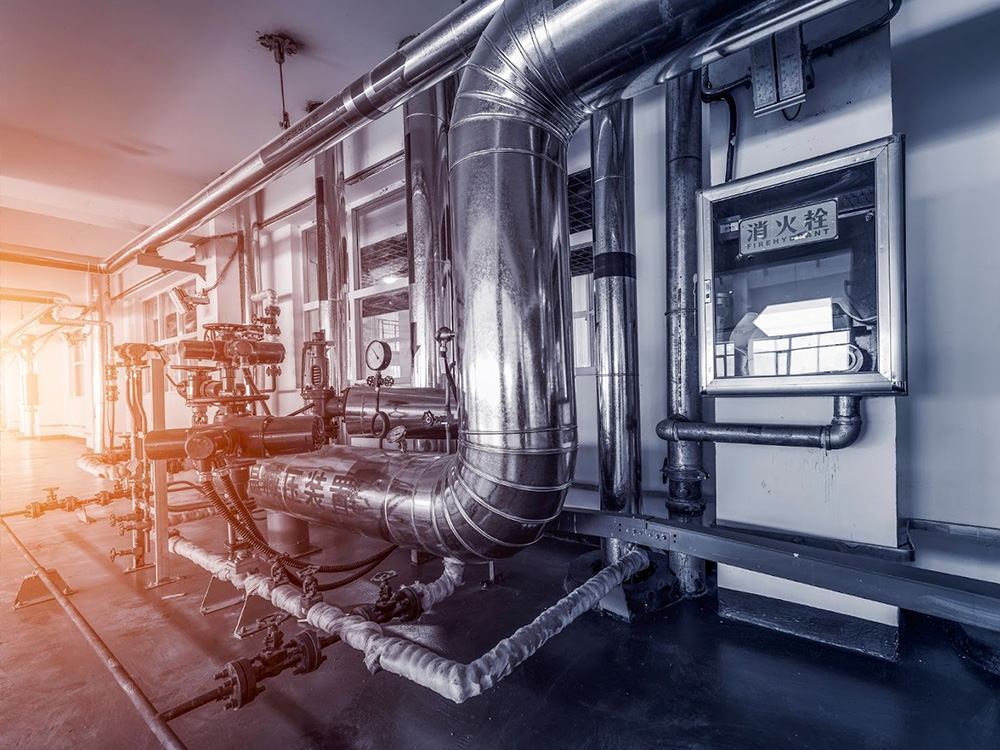
Ventilation
Ventilation is considered as an important factor in maintaining the indoor air quality of large buildings. The system is used to change and replace the air in any place of the buildings. Its purpose is to control temperature, remove any combination of humidity, airborne bacteria, odors, dust, CO2 and replenish Oxygen. In some cases, it includes the exchange between outdoor and indoor air as well.
Methods for ventilating a building may be divided into mechanical/forced and natural types. When the air goes through, it will recirculate through the air inlet and then return to the air handling unit. A part of return air will be replaced by 10-20% of fresh air from outside.
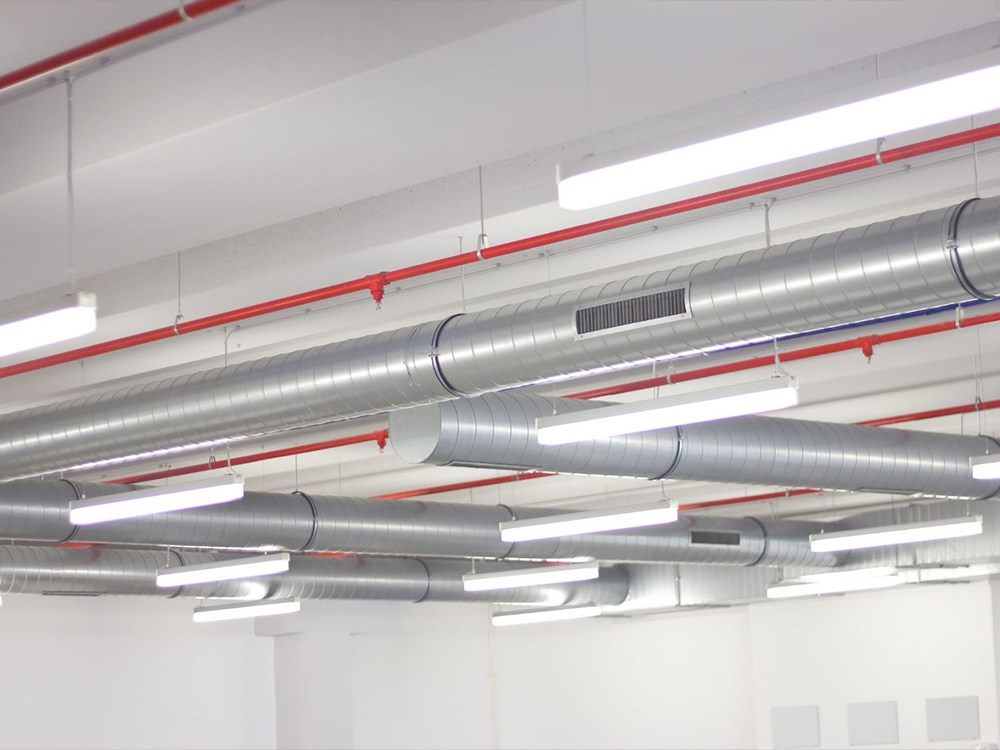
Air conditioning
Air conditioning works based on the principles of indoor heat removal, providing standardized cool air and humidity levels for the entire building. When the building becomes warmer than usual, the thermostat signals to the system to generate cool air for the entire building. Some kinds of fuel used for the system are water, air, ice, or refrigerants. A refrigerant is employed either in a heat pump system in which a compressor is used to drive the thermodynamic refrigeration cycle or in a free cooling system that uses pumps to circulate a cool refrigerant..

HVAC maintenance for buildings
HVAC maintenance not only helps to maximize the capacity of the system but also brings significant benefits such as:
- Decrease of costly repairs and equipment replacement
- Time-saving
- Energy saving
- Increase of usage efficiency
Before carrying out maintenance of the HVAC system, the technical staff must check the operation of the system, including the working efficiency, the operation of the block and motor inside the outdoor unit fan, the indoor unit fan and the ceiling fan, the current intensity, high and low pressure. After completing the inspection process, the technical staff will turn off the system and carry out maintenance according to the following steps
Step 1: Maintenance of the indoor unit
Dust and pollutants on the filters and front panel have to be removed completely to keep the indoor unit clean. Cleaning, maintaining and replacing the air filters regularly will keep the HVAC clean and ensure the system works well. The indoor unit should be maintained and washed once every 2-3 weeks. In addition, Do not dry or wash the system in hot water above 40 celsius degrees because washing with hot water and drying will make the filter easily deformed and reduce its lifespan.
Check and evaluate the operating condition of temperature sensors and pressure sensors. Get the indoor unit repaired or replaced in case it is defective or damaged.
Check the electrical system connected with the indoor unit to ensure the safety in the process of management and operation.
Step 2: Maintenance of the outdoor unit
Inspect, analyze and evaluate components such as temperature sensor, pressure sensor, gas unit and couplings…
Pressurized water can be used to completely remove dirt and plaque on the surface of the outdoor unit.
Check the electrical system connected with the outdoor unit carefully because it uses 3-phase electricity which is very dangerous.
Step 3: Maintenance of electrical control system and ventilation fan.
Due to the frequency of operation almost 24/7, it is easy for the electrical system to lose plugs and be covered in dirt. So periodic maintenance helps technical staff detect risks and prevent potential problems.
During the operation process, the electrical connections of the air circulation fan may come loose due to the cumulative effects of vibrations. Along with checking and changing the filter, we will also test the fan system to ensure that it always functions well. Check the vacuum and blower areas of the HVAC system. Carrying out proper cleaning and removing dust or other debris on the blades helps to balance, reduce the load and maintain the efficiency of the HVAC system.
Step 4: Handing over the system
Conduct a test run of the entire HVAC system before handing over, to ensure that all parts of the system work well. Record the maintenance progress as well as the problems that occur during the maintenance, giving the best treatment options.
With the motto of bringing the highest satisfaction to customers, Taisei VN owns a team of professional technical staff with many years of experience in the installation and maintenance of HVAC systems for buildings. Besides, our staff is guided and trained to provide timely, accurate, and fast solutions for the maintenance of equipment and systems of the buildings
.............................................
Contact information:
Taisei VN
Address: P.1901 Saigon Trade Center, 37 Ton Duc Thang, Ben Nghe Ward, District 1, Ho Chi Minh City.
Call Center: 0909 411 885 | 0911 401 955 | 0979 045 766
Email: Cs@caresolutions.com.vn
Linkedin: https://www.linkedin.com/company/altarahospitalitygroup/
Facebook: https://www.facebook.com/altara.com.vn/








